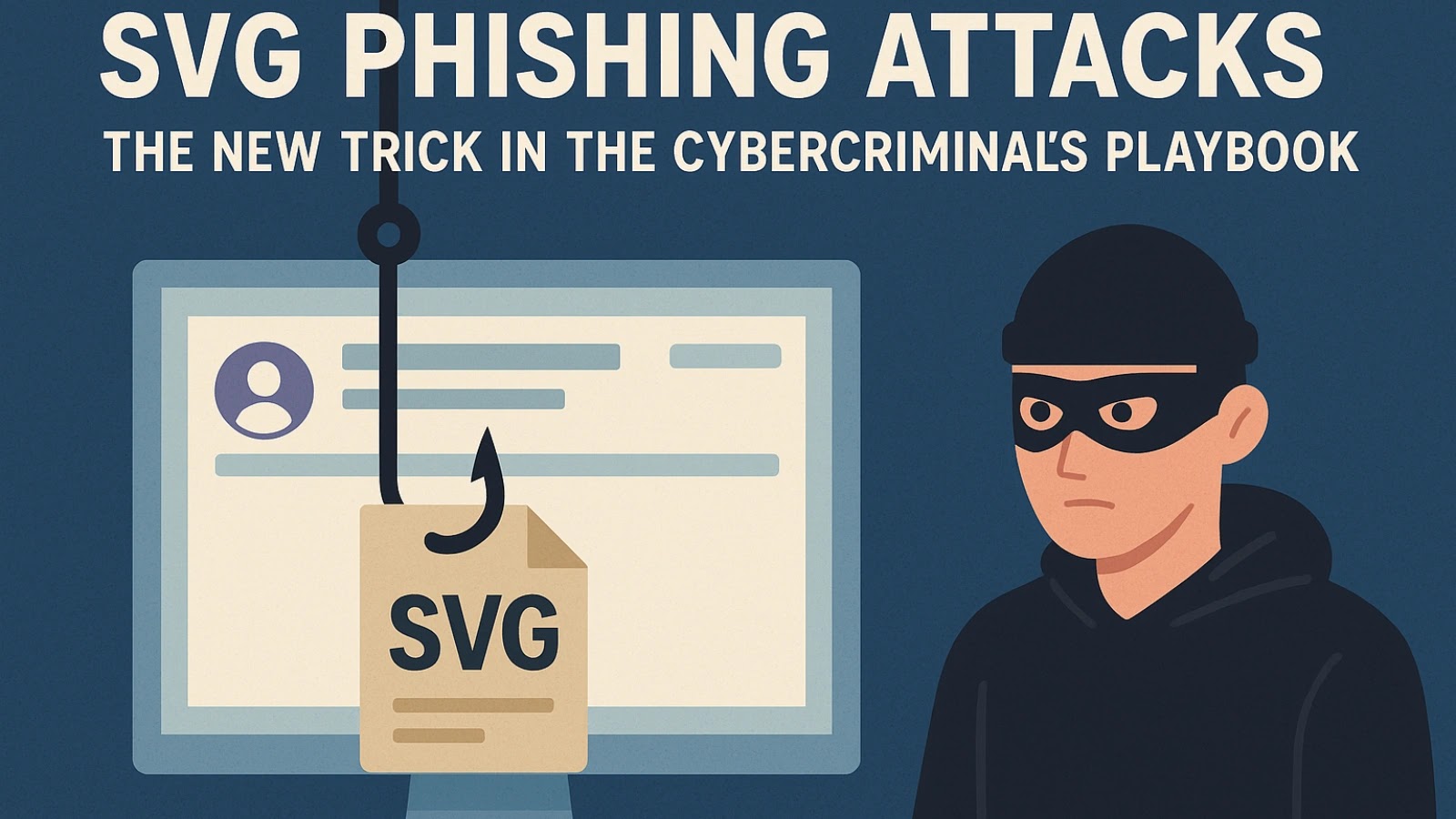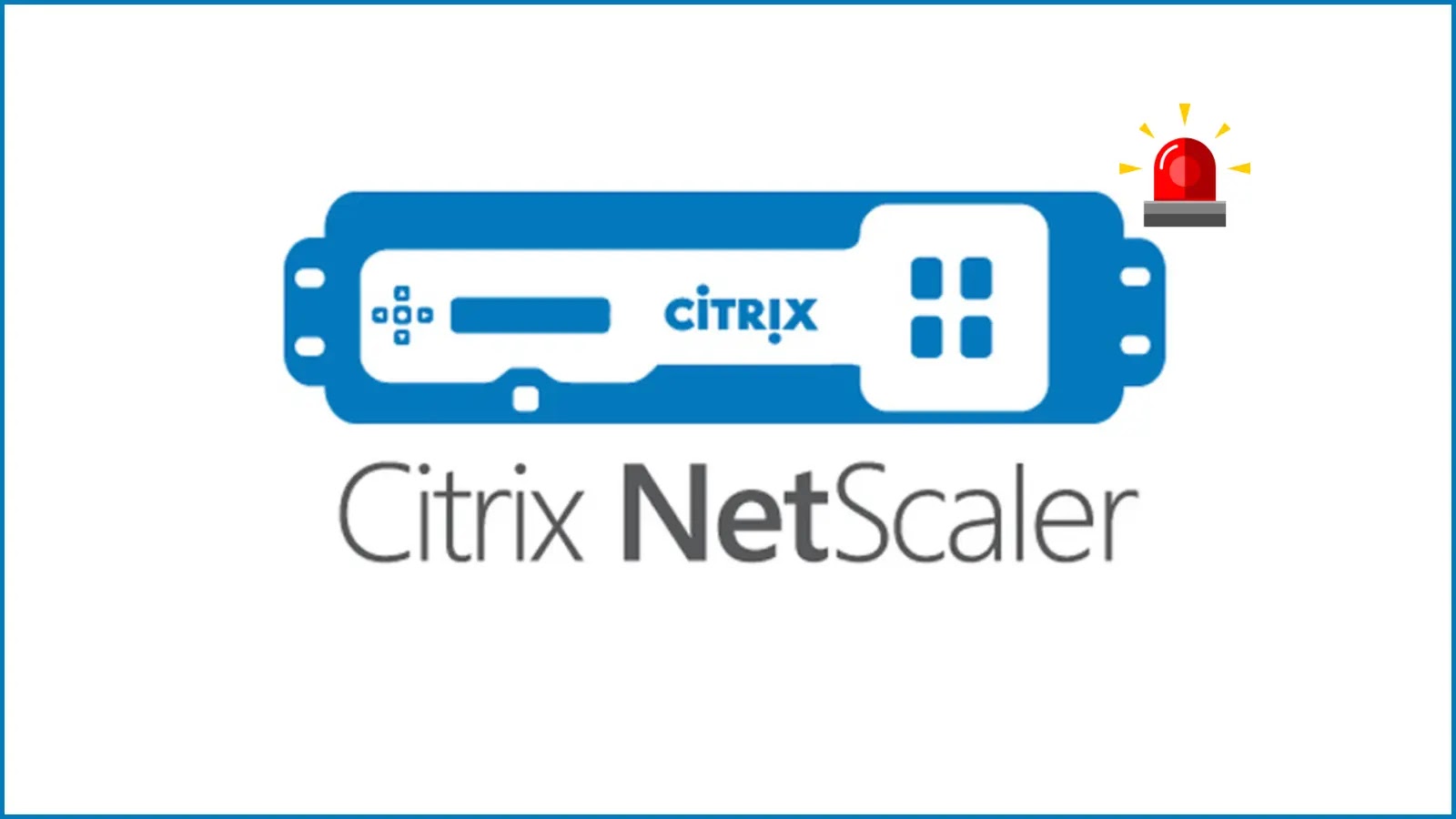Cybercriminals Exploit SVG Files in Sophisticated Phishing Attacks
In the ever-evolving landscape of cyber threats, attackers are increasingly leveraging Scalable Vector Graphics (SVG) files as a novel vector for phishing campaigns. These seemingly innocuous image files, due to their XML-based structure, can embed scripts and hyperlinks, making them an attractive tool for cybercriminals aiming to bypass traditional security measures.
Understanding SVG Files and Their Exploitation
SVG files are widely used for creating two-dimensional vector graphics. Unlike raster images like JPEGs or PNGs, SVGs are text-based and can include interactive elements such as JavaScript and hyperlinks. This flexibility allows attackers to embed malicious scripts within SVG files, which execute when the file is opened in a browser.
For instance, a malicious SVG file might contain JavaScript that redirects users to phishing websites designed to steal credentials. These files can be distributed through email attachments, appearing as legitimate images or documents, thereby deceiving users into opening them.
Recent Campaigns Leveraging Malicious SVGs
Several recent campaigns have demonstrated the effectiveness of SVG files in phishing attacks:
– Shadow Vector Malware Campaign: This sophisticated campaign targeted users in Colombia by distributing spear-phishing emails with SVG attachments masquerading as urgent court notifications. Once opened, these SVG files directed users to download and extract password-protected archives containing remote access tools like AsyncRAT and RemcosRAT. These tools enabled attackers to gain full control over infected systems, capturing keystrokes and stealing sensitive information.
– ChatGPT Vulnerability Exploitation: A critical vulnerability in ChatGPT allowed attackers to embed malicious SVG and image files directly into shared conversations. This flaw enabled the execution of embedded scripts when a chat was reopened or shared, creating a stored cross-site scripting (XSS) vulnerability. Attackers could craft deceptive messages within SVG code, leading to potential phishing attacks and exposure to harmful content.
– GUloader Malware Distribution: Cybercriminals exploited SVG files to distribute the GUloader malware. In this campaign, malicious SVG files were sent through email, appearing as legitimate attachments. When opened, these files triggered a sequence of events leading to the download and execution of GUloader, which is known for its stealth and ability to evade traditional security measures.
Technical Mechanisms Behind SVG-Based Attacks
The exploitation of SVG files in phishing attacks involves several technical mechanisms:
1. Embedding Malicious Scripts: Attackers embed JavaScript within the SVG file’s XML code. When the SVG is opened in a browser, the script executes, performing actions such as redirecting the user to a phishing site or downloading additional malware.
2. Obfuscation Techniques: To evade detection, attackers often obfuscate the malicious code within the SVG file. This can involve encoding the script in Base64 or using other methods to conceal the true nature of the code.
3. Leveraging Trusted Platforms: In some cases, attackers host malicious SVG files on trusted platforms like Google Drive or Dropbox. This approach exploits the inherent trust users have in these platforms, increasing the likelihood of successful attacks.
Mitigation Strategies
To defend against SVG-based phishing attacks, organizations and individuals should implement the following strategies:
– Email Filtering and Attachment Policies: Configure email gateways to scrutinize SVG attachments rigorously. If SVG files are not essential to business operations, consider blocking them entirely.
– Content Disarm and Reconstruction (CDR): Implement CDR solutions that sanitize incoming files by removing potentially malicious content while preserving the file’s functionality.
– User Education and Awareness: Educate users about the risks associated with opening unsolicited attachments, even those that appear to be harmless image files.
– Regular Software Updates: Ensure that all software, including email clients and web browsers, are up to date with the latest security patches to mitigate vulnerabilities that could be exploited by malicious SVG files.
Conclusion
The use of SVG files in phishing attacks represents a significant evolution in cybercriminal tactics. By understanding the mechanisms behind these attacks and implementing robust security measures, organizations and individuals can better protect themselves against this emerging threat.



